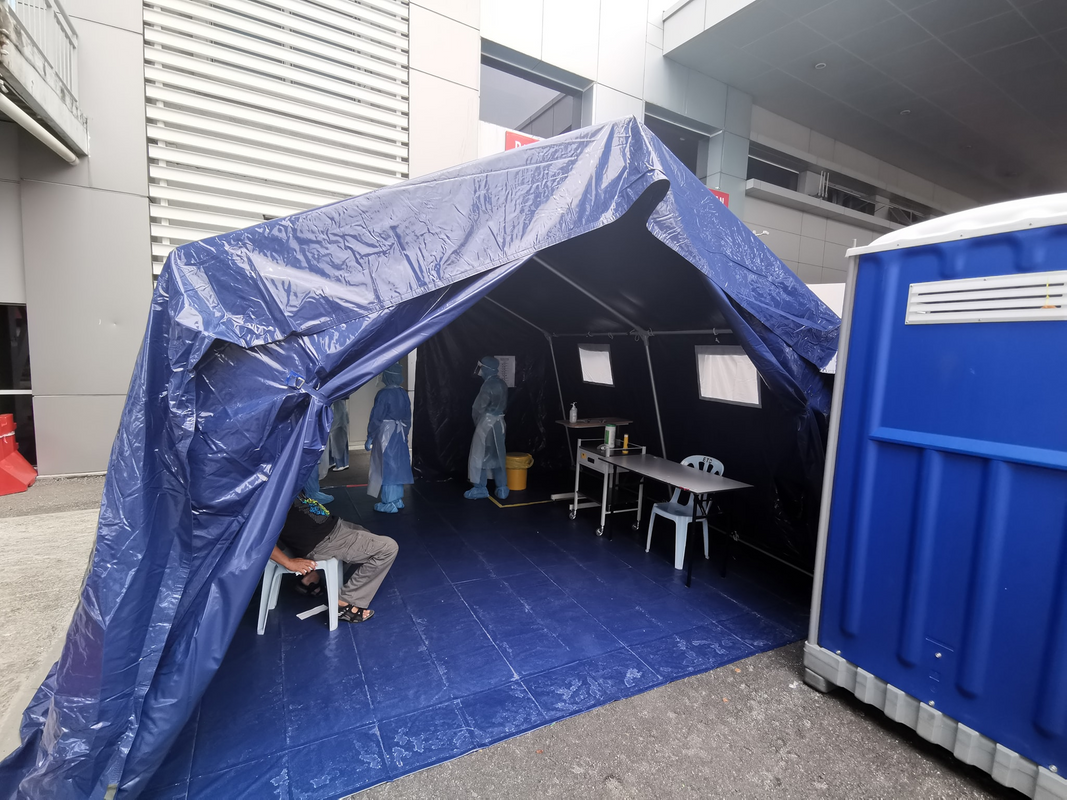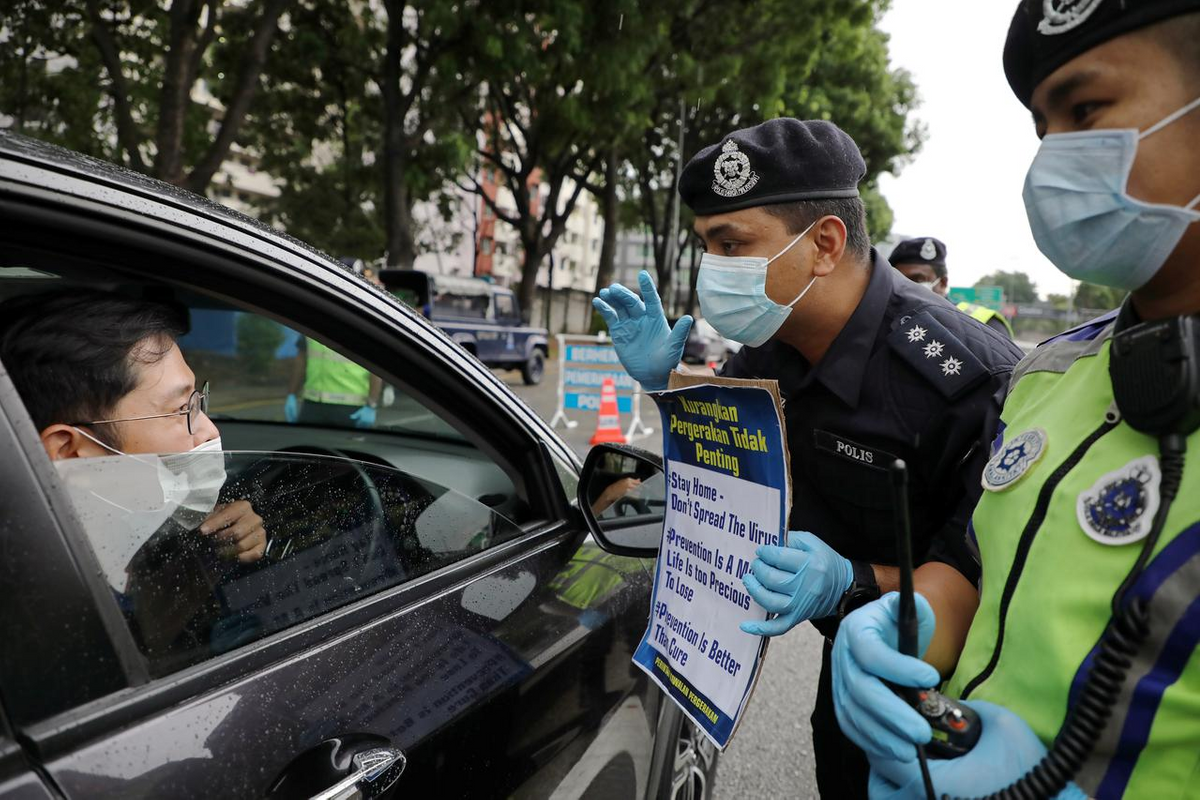Research: Malaysia's COVID-19 Testing Rate Is Higher Than ASEAN & Some European Countries
The research also believes Malaysia's COVID-19 outbreak will peak in mid-April with 6,300 cases.
Malaysia is said to be handling the COVID-19 pandemic well due to its high testing rate, sufficient critical care beds, and Movement Control Order (MCO)
In a research paper titled Add Malaysia to Asia Infection Curve, JP Morgan, an investment and research firm headquartered in New York City, said Malaysia practises an "aggressive" testing strategy, which is far superior to all its ASEAN peers and even some European countries, reported Bernama.
According to the findings, Malaysia tests 482 individuals for COVID-19 per million capita. When compared to other ASEAN countries, Malaysia's testing rate is four to 81 times higher.
Our neighouring countries only test six to 109 individuals for COVID-19 per million capita.
The Edge Markets reported that Malaysia's lab test capacity for COVID-19 stands at 7,000 daily and it will increase to 16,500 tests per day by the end of this month.
To put it into perspective, countries such as South Korea were able to contain the pandemic thanks to its fast testing facilities. According to NBS News, the country managed to test 20,000 people a day at 633 sites, whether at drive-thru centers or at phone booths. Malaysia is not far behind.
JP Morgan explained that the high testing rate will result in high reported cases, but they are confident that there will be milder development and mortality rates
Citing recent restrictions on movement applied to the whole nation, the research house is of the opinion that Malaysia's strategy has helped to slow the pandemic and the border controls will likely subdue any secondary spread of the virus in the country.
JP Morgan estimated that the spreading level of COVID-19 will be relatively small moving forward when compared with European countries, reported The Star.
"Also, we rate the country's efforts on infection curve control highly," the research firm said.
"Therefore, we assume that the potential size of the group that initially interacts with the infected group (the group that needs to get the virus test) is to be around 0.2% of the total population."
"Given the total size of the test group in Hubei, China and South Korea is about 0.1% to 0.7% of the total population. We view that the initial setting on the sample population looks reasonable."
The research also noted that Malaysia will see a peak in mid-April with 6,300 COVID-19 cases and the outbreak will slow down thereafter
It is learned that Malaysia's current mortality ratio to reported cases is 0.77%, a percentage far lower than the global average of 4.4%.
"Malaysia's current critical care beds are estimated at 1,060 (2017 data, per Registry of Intensive Care)," JP Morgan wrote.
"Assuming about 10% of the infected require intensive care, the Malaysian hospital capacity looks sufficient to manage mortality risk."
The research house said Malaysia has the capacity to meet the future hospital demand to a large degree.


